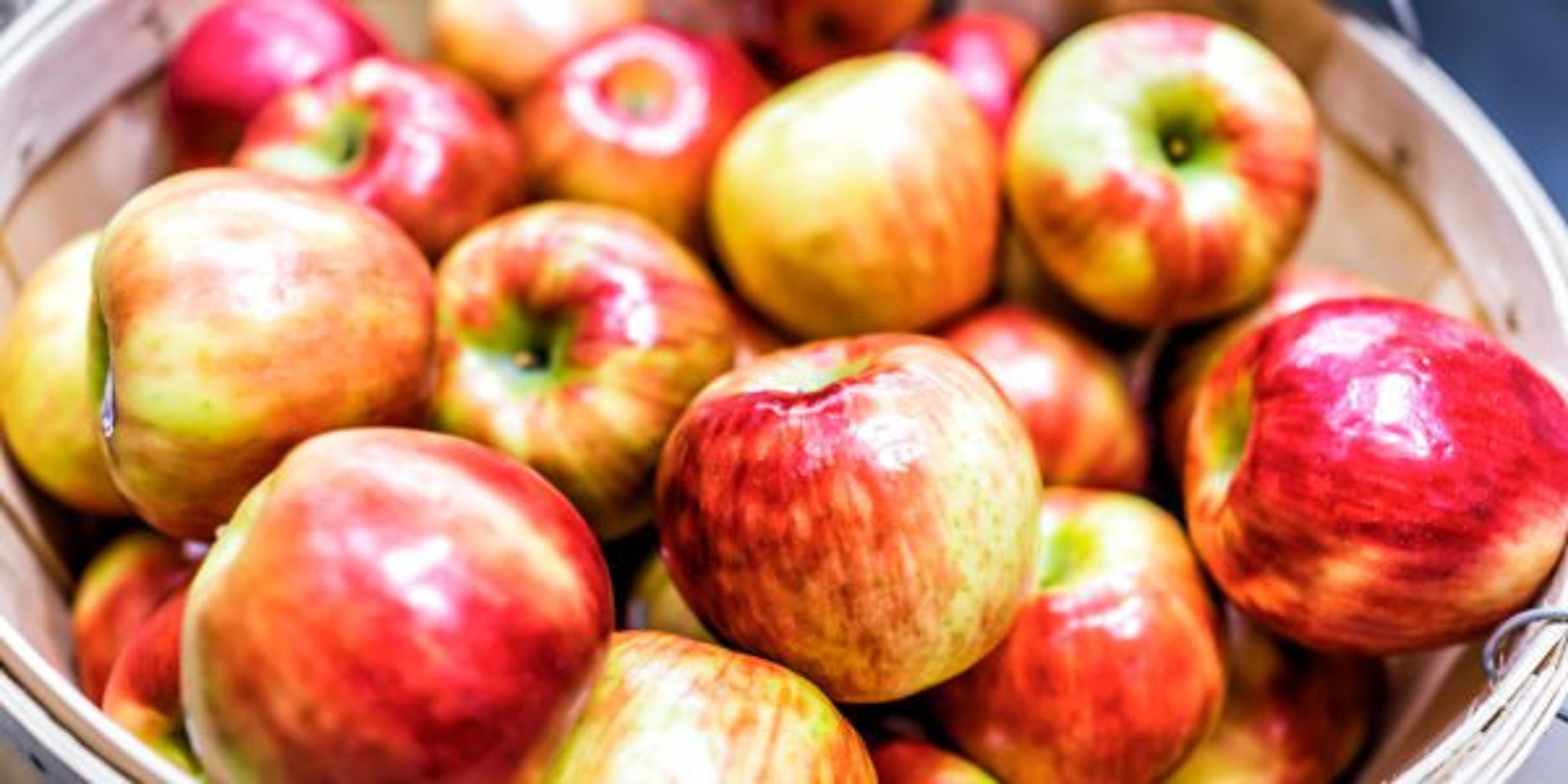Why Honeycrisp is the Best Apple
Amy Barczy
| 4 min read

Everyone is entitled to their own opinion – except when it comes to apples. Once you’ve tried a Honeycrisp, you’re never going back.
McIntosh? Too soft.
Granny Smith? Too sour.
Gala? Meh.
Red Delicious? No.
A Honeycrisp apple is summed up in its name. It’s crunchy. It’s delightfully crisp, with a simple, juicy sweetness with the smallest bite of bitter skin. It’s like a meal in itself: a large, round apple that fills your whole palm with its friendly yellow-green and red pattern.
A Millennial apple
Growing up, Red Delicious apples were the school lunch apple, always leaving me with a deep, sinking sense of disappointment and regret after the first bite. I didn’t discover Honeycrisps until I was in my 20s.
That makes sense; as Honeycrisp apples were first introduced to consumers in 1992, making them a part of my Millennial generation.
The Honeycrisp apple was bred by researchers at the University of Minnesota’s Agricultural Experiment Station; and the university held the apple under a patent for several years. The first Honeycrisp was grown in 1967; but it took several decades of research and testing before the university was ready to release it to the market.
At first, the variegated color of the Honeycrisp was perceived as a problem when bringing the apple to the consumers of the 1990s. Initially people thought they were ugly – likely because American had been swept up in a wave of subpar, uniformly colored apples like the bitter, elongated cardboard-like Red Delicious; which reigned over the apple market for nearly 70 years.
A rising star
The crunchiness, crispiness and sweetness of the Honeycrisp sets it apart in a crowded field of more than 7,000 apple varieties. People took notice, quickly: after being first sold in 1992, it was selected as one of the top 25 innovations in over a decade in the 2006 Better World Report.
In Michigan, Honeycrisps have grown well especially in the northern part of the state thanks to the climate. Michigan apples are the state’s biggest cash fruit crop, placing Michigan as the third-largest apple producing state in the U.S. This year is expected to be a bumper crop.
Today, Gala apples make up the largest portion of the U.S. apple market, as 46 million bushels are expected to be produced in the 2022-23 growing season. Rounding out the top five are Red Delicious (34 million bushels), Fuji (25 million bushels), Honeycrisp (25 million bushels) and Granny Smith (24 million bushels).
Yet Honeycrisp’s star is still rising: Honeycrisp production in the U.S. has increased by 48% – 8 million bushels – in the past five years, according to the U.S. Apple Association. Over the same period of time, production of Red Delicious apples has decreased by 41% (24 million bushels).
Love is blind
I’m the first to admit: loving Honeycrisps comes with some drawbacks. They’re expensive for an apple. That’s probably because they’re difficult to grow: their yields can vary widely year to year, and their thin skin means they must be harvested by hand to prevent damage and rot.
They’re also one of the first apple crops to ripen in Michigan. This year, experts estimate Honeycrisps will be ready to pick here by Sept. 15. If you aren’t at a U-pick farm during the first days of the Honeycrisp season, you’re likely going to be leaving the orchard with an empty basket. For those that are lucky enough to pick their fill, Honeycrisps are notorious for storing well in the fridge for months at a time.
But you don’t need to go to an orchard to find Honeycrisps. I can find them at any grocery store – from the big chains to the specialty spots – nearly year-round. Usually I slice them and eat them, saving the lesser apples for pie and sauce.
All this to say … Honeycrisps are the best apple of all time.
— Amy Barczy is a communications project planner at Blue Cross Blue Shield of Michigan and a regular contributor to AHealthierMichigan.org.
More from A Healthier Michigan:
Photo credit: Getty Images





